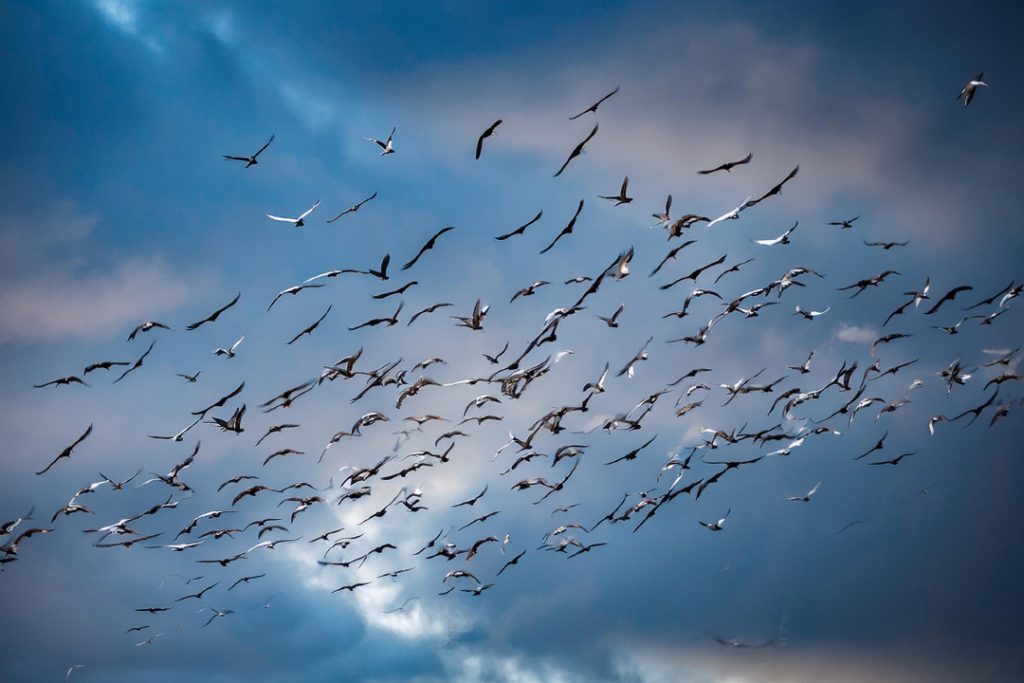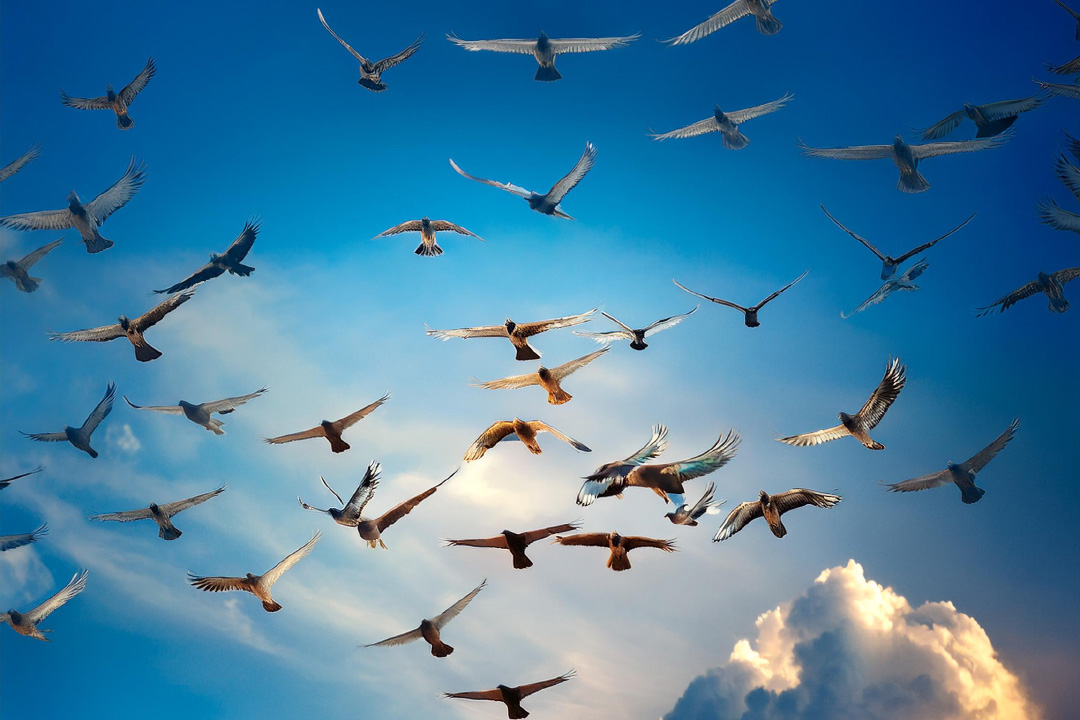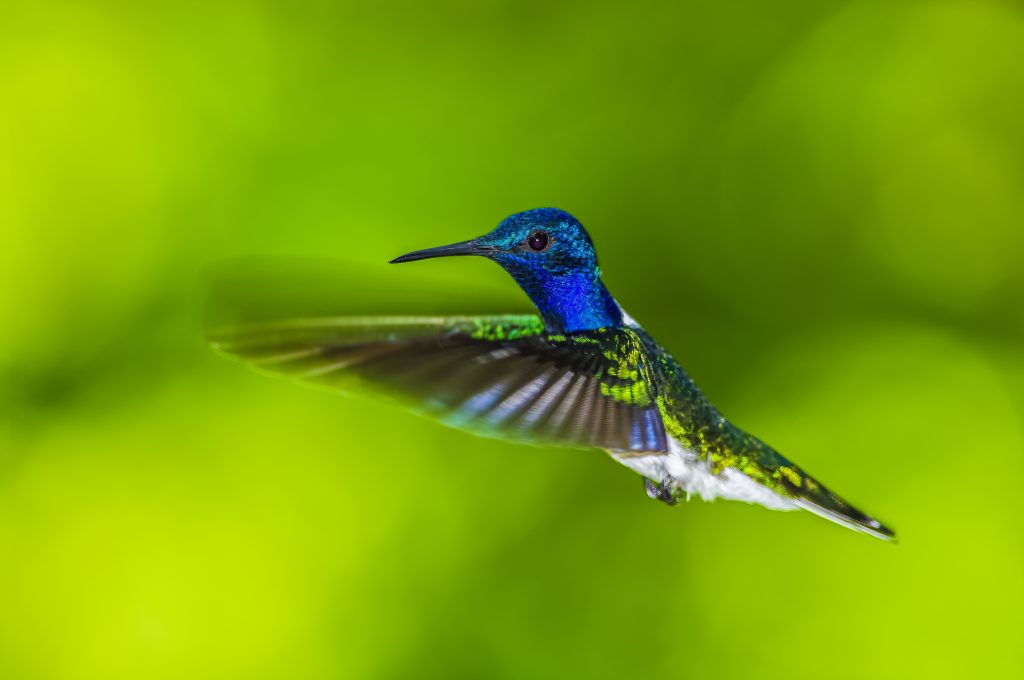My Fascination with Bird Migration
Nature’s Small Miracles
From a young age, birds fascinated me, especially their amazing migrations. One family trip to the park changed everything. I watched birds flying in perfect formations, and just like that, I was hooked. How did they know where to go? How did they talk to each other on such long journeys?
My quest to figure out bird migration became an obsession. I devoured books, documentaries, and articles, piecing together how they communicate, the magic behind their flight, and the signs they follow. Every new tidbit amazed me more and more, making me respect these tiny travelers.
The Dance of the Birds
There’s something magical about watching birds take to the skies in perfect harmony. Some of these little guys travel thousands of miles, braving all sorts of obstacles. Their grit and determination leave me speechless.
Beyond the awe factor, bird migration keeps the environment balanced. These migrant birds help pollinate plants, spread seeds, and keep pests in check. Their travels mark seasonal changes and boost biodiversity. Learning their migration habits shows just how crucial they are.
| Bird Species | Average Migration Distance (Miles) |
|---|---|
| Arctic Tern | 12,000 |
| Swainson’s Hawk | 6,000 |
| Ruby-throated Hummingbird | 2,000 |
| Bar-tailed Godwit | 7,000 |
My curiosity about bird migration never fades. Each new season brings fresh excitement and learning. By sharing what I’ve learned, I hope to get others excited about and protective of these amazing birds. Whether it’s simple birdwatching or joining citizen science projects, we all can play a part in understanding and preserving the wonder of bird migration.
The Chirps that Guide Them
Bird migration is nothing short of nature’s magic show. One of the most mind-blowing tricks they have up their sleeves (or wings) is how they chat and keep in touch during those epic flights. Let’s dig into the bird world and see what they’re saying on the fly.
Bird Chatter in Flight
Birds aren’t just flying; they’re gossiping mid-air! Their chirps and calls are more than just noise. These sounds help them avoid getting lost, keep track of each other, and dodge predators. Think of it as their own sky-high group chat.
Different bird species have their own unique soundtracks in the air. Take the Swainson’s Thrush as an example. It uses high-pitched calls that can be heard over long distances, ensuring the flock stays tight.
| Bird Species | Type of Call | Purpose |
|---|---|---|
| Swainson’s Thrush | High-pitched calls | Keeping the gang together |
| Sandhill Crane | Trumpeting calls | Heads-up alerts |
| Arctic Tern | Screeching calls | Predator warnings |
Mastering Bird Language
Bird calls aren’t just random squawks; they’re carefully crafted messages with real meaning. Here’s a quick guide to the main types of calls:
- Contact Calls: These are the bird equivalent of “Hey, where you at?” They keep the flock together.
- Alarm Calls: When danger’s around, these are the “Heads up, trouble!” messages that get everyone looking sharp.
- Flight Calls: Heard mostly at night when flying in the dark, they’re essential for keeping the flock’s alignment and finding their way.
During my bird-watching adventures, I learned that even tiny changes in a call’s pitch or rhythm could tell a whole story. A long, drawn-out chirp might mean “Let’s veer left,” while quick, repetitive notes might say “Time for a break.”
Birds also speak with their bodies. Watch for wing flaps, how they fly, and even feather positions. These visual cues tell a story just like their sounds do.
These communication tricks show just how smart and adaptable birds are. If you want to dive into the nitty-gritty of how these behaviors evolved, check out our take on the animal evolution timeline.
Bird chatter during migration is just one part of what makes bird migration tick. This fascinating field keeps researchers and bird lovers hooked, offering endless mysteries and stories from the animal world.
Flaps in the Sky
Why Birds Fly and We Just Watch
I’ve always been crazy about birds making those epic migrations across continents. Ever wonder what keeps them soaring high while we’re stuck in traffic? It turns out, it’s pure physics magic. Birds didn’t just decide one day, “Hey, let’s fly!” Their bodies are designed like little flying machines, perfectly made for the air.
Birds get lift by flapping their wings and pushing air down. This downward push creates an upward lift, which keeps them afloat. Their wings are uniquely shaped to mess with air pressure – making it lower on top and higher below, adding to the lift. They can twist and tilt their wings to speed up, slow down, or change direction.
Here’s an easy-peasy table to break it down:
| Force | What It Does |
|---|---|
| Lift | The upward force that keeps birds in the air |
| Drag | The air’s resistance pushing against the bird |
| Thrust | The forward force from flapping wings |
| Weight | The downward pull of gravity |
Managing these forces lets birds zip around the sky. They’ve got lightweight, yet strong, hollow bones, and mega chest muscles for powerful wing beats.
Long Haul Champions
Migrating birds are the road-trippers of the sky, clocking in thousands of miles. They’re like marathon runners with their own set of crazy cool tricks to survive those long hauls.
They stash energy in special muscles and fat reserves. Before taking off, they chow down high-energy foods, bulking up on fat that fuels their journey. Some birds nearly double in size!
Check out a few of these nifty adaptations:
| Adaptation | Power-Up |
|---|---|
| Fat reserves | Keeps them energized for long trips |
| Special muscles | Built for endurance to fly long distances |
| Streamlined shape | Cuts through air smoothly |
| Pointed wings | Makes them aerodynamic pros |
And talk about built-in GPS! Birds navigate using the sun, stars, and Earth’s magnetic field. Their sense of direction is spot on, bringing them back to the same spots each year.
Learning about these feathered travelers blows my mind every time. Their journeys are nature’s own blockbuster. Curious to know more? Head over to our animal evolution timeline and dive into the wonders of nature.
The Great Bird Adventure
Bird migration is straight-up fascinating – a true adventure with twists, turns, and survival strategies. Following these feathered travelers gives us a peek into the wild ways they conquer the skies.
Migration Routes: Nature’s Highways
Birds aren’t just winging it; they follow specific migration routes, called flyways, shaped by nature. Imagine the Mississippi Flyway, a bustling aerial highway guiding millions over the Mississippi River.
| Flyway | Region | Key Feature |
|---|---|---|
| Atlantic Flyway | Eastern North America | Atlantic Coast |
| Mississippi Flyway | Central North America | Mississippi River |
| Central Flyway | Western North America | Rocky Mountains |
| Pacific Flyway | Western North America | Pacific Coast |
These routes act like invisible roadmaps. Take the Arctic Tern, for example – a true marathon flyer covering thousands of miles. Then there’s the Mallard, taking shorter hops and making pit stops for the bird equivalent of snacks and rest. Factors like food, weather, and stamina all influence their travel plans.
What Affects Their Journey?
Migrating is more than just flapping wings – environmental changes play a huge role. Think temperature drops, food availability, and the changing length of daylight. Birds often take off when it gets cold, knowing winter’s coming.
| Factor | How It Affects Migration |
|---|---|
| Temperature | Prompts migration to escape the cold |
| Food | Dictates where birds stop to refuel |
| Daylight | Helps with navigation and timing |
| Wind | Can aid or hinder their flight efficiency |
Say a cold snap hits or a storm brews – those birds might hit the brakes on their journey. On the flip side, good wind can give them a boost, speeding up their travel. Curious about how animals roll with environmental punches? Check out our animal evolution timeline.
Bird migration isn’t just luck; it’s a mix of instinct, environmental savvy, and planning. Grasping these airborne routes shows us the sheer grit and adaptability of birds. Want more jaw-dropping animal fun facts? Dive into our article on animal behavior examples.

Tracking the On-the-Wing Adventures
Gadgets and Goodies for Bird Migration Sleuthing
Get ready, because bird migration is on another level. The way scientists keep tabs on these feathered globetrotters is nothing short of mind-blowing. Here’s a peek at some of the coolest tools and tricks in their kit:
1. Bird Banding and Tagging:
Think of it as bird bling. A snug little numbered ring on a bird’s leg tells scientists where it’s been, how long it’s been around, and what it’s been up to. Old-school but gold, folks.
2. Satellite Telemetry:
Space-age stuff right here. Tiny transmitters pop a signal up to satellites, letting the pros track birds almost anywhere, anytime. It’s like bird GPS on steroids.
3. Geolocators:
These gadgets measure light levels to pin down locations. The catch? You gotta catch the bird again to get the data. Still, they spill secrets about where our avian friends hang out.
4. Radar Ornithology:
Radar’s not just for spotting storms. It’s also great for watching bird highways in the sky. You get to know how high, how fast, and which way they’re headed.
5. Acoustic Monitoring:
Eavesdropping on bird conversations. Special mics pick up calls and songs, revealing who’s talking and what they’re saying. Hitchcock’s got nothing on this.
| Technique | What It Does | Sweet Perks | Hurdles |
|---|---|---|---|
| Bird Banding | Tracks routes, lifespan, behavior | Cheap and cheerful | Gotta catch them all… again |
| Satellite Telemetry | Real-time tracking | Pins down long fly routes | Pricey, needs tech magic |
| Geolocators | Finds locations with light | Maps the migration | Catch ’em for the data, again |
| Radar Ornithology | Watches bird flocks | Flight data galore | Big only, small fry need not apply |
| Acoustic Monitoring | Identifies species | Sings their secrets | Needs a lot of ear-power |
Eye-Popping Finds from Bird Tracking
These high-tech bird trackers have turned up some seriously jaw-dropping tales:
Bird Banding and Tagging:
How about the Arctic Tern’s epic trek from the Arctic all the way to the Antarctic? That’s a whopping 25,000 miles round trip! Thanks to banding, we know how tough and adaptable birds can be.
Satellite Telemetry:
This tech spills the beans on amazing nonstop flights. Bar-tailed Godwits? They flew from Alaska to New Zealand, over 7,000 miles without a pit stop! Talk about endurance.
Geolocators:
Blackpoll Warblers? These guys take a wild ride from North America to South America, often flying offshore across the Atlantic Ocean. And it’s all thanks to these tiny devices.
Radar Ornithology:
Ever seen the skies full at night? Radar has. Millions of birds migrate en masse, painting a stunning picture of how they stick together and make group decisions.
Acoustic Monitoring:
Turns out, when birds sing, they’re not just showing off. Their calls help them navigate and stay on track. By tuning in, we learn how they communicate and stay tight.
These tools and techniques have revolutionized our knowledge of bird migrations. Data from all these methods create a complete picture, telling us where birds go, how they get there, and why.
Check out more bird behavior in animal behavior examples and see how conservation impacts migratory birds in endangered species protection.
Discover the Joy of Birdwatching
Birdwatching Tips for Observing Migration
Birdwatching during migration seasons is like winning nature’s lottery. Here’s how to get the best bang for your (feathered) buck:
- Timing and Spots Matter: Early birds get the best worms—or sightings. Head out in the early morning or late afternoon. Prime spots? Wetlands, coastlines, and mountain passes are your go-to bird hangouts.
- Binoculars Are Your Best Friend: Get yourself a solid pair of binoculars. Trust me, blurry blobs at a distance don’t make for great memories.
- Bring a Bird Guide: You don’t need to be a walking encyclopedia. A trusty bird guide can help you ID those winged wonders.
- Shhh, Stay Still: Birds spook easily. Keep your cool, sit tight, and they’ll come to you. Patience, grasshopper.
- Document Like a Pro: Journals or birdwatching apps are game-changers. Note down your sightings—it’s like creating your own Nat Geo documentary.
These tips will level up your birdwatching game and deepen your love for those feathered travelers.
Level Up with Citizen Science Projects
Ever wanted to be a scientist? Now you can, without the lab coat. Here’s how to dive into bird migration studies:
- eBird: Report your sightings on eBird. It’s like social media but for bird nerds worldwide.
- Project FeederWatch: Count the birds that swing by your feeders in winter. Easy peasy and fun.
- Global Big Day: One day, one mission: count as many birds as possible. It’s a global birdwatching party.
- Bird Banding Programs: Join scientists in bird banding to track individual birds. It’s like giving each bird its own passport.
- Christmas Bird Count: An annual event where you count birds and help track long-term population trends. Eggnog optional.
Jump into these projects and you’ll not only lend a hand to science but also get to be part of a curious and passionate community. By joining in, you’re contributing your bit to understanding animal journeys better.
Here some recommended links selected for you: The Best Books of the Month, Todays best Deals at Amazon, Best Sellers in Cell Phones & Accessories and last but not least the easy and great way to send a gift for the holidays: Amazon.com eGift Card (Instant Email or Text Delivery).




